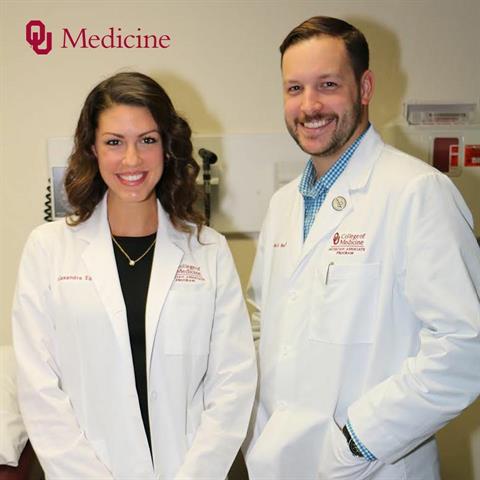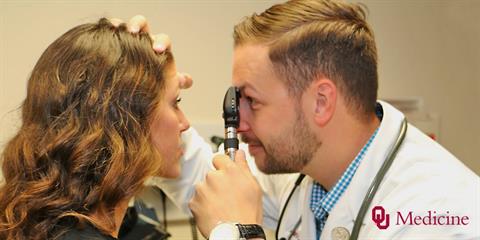The Physician Associate is a professional member of the health care team qualified by intense basic science and clinical training to function under the supervision of a physician. The Physician Associate is not a physician replacement but works as an efficient way for physicians to extend health care services to you and your family.
How Are Physician Associates Trained?

The first Physician Associate training program started in 1965 at Duke University in North Carolina. In 1970, the University of Oklahoma Health Sciences Center Physician Associate Program was created on the campus in Oklahoma City. It has developed into an integral part of the College of Medicine.
Physician Associate training in Oklahoma requires a minimum of three years of undergraduate study and a two-and-one-half-year program at the College of Medicine at the Health Sciences Center. The curriculum consists of an intense course load of sciences such as anatomy, physiology, pharmacotherapeutics, and pathophysiology.
Clinical medicine courses taught simultaneously focus on the diagnosis and treatment of diseases of the different body systems (i.e., pulmonary, cardiac, endocrine, renal, musculoskeletal, etc.), EKG and radiological interpretation, principles of psychiatric and behavioral medicine, and laboratory medicine.
The classroom phase is followed by 12 months of clinical rotations, which provide experience in family and internal medicine, surgery, women's health, mental health, pediatrics, emergency medicine, and others.
To practice in Oklahoma, graduates must pass a rigorous National Board exam and be certified by the State Board of Medical Licensure and Supervision. To maintain certification, Physician Associates participate in Continuing Medical Education annually.
What Can PAs Do?
 Tasks depend on the supervising physician's practice setting and specialty, the laws of Oklahoma and the individual situation. Tasks may include:
Tasks depend on the supervising physician's practice setting and specialty, the laws of Oklahoma and the individual situation. Tasks may include:
- Obtaining a patient's accurate medical history
- Performing a thorough physical examination
- Performing routine diagnostic tests such as PAP smears and EKGs *Diagnosing and treating common medical problems
- Writing medical orders in hospitals
- Ordering medications according to Oklahoma law
- Initiating emergency treatment
- Assisting in surgery *Debriding, suturing, and caring for superficial wounds
- Making hospital rounds
- Providing you and your family with education pertaining to the disease process and treatment plan.
Where Does A PA Work?
Physician Associates are trained to function in a variety of settings, such as:
- Private offices
- Clinics
- Hospitals
- Emergency Departments
- Health Maintenance Organizations
- Industry
- Branches of the Armed Services
- Federal and State facilities